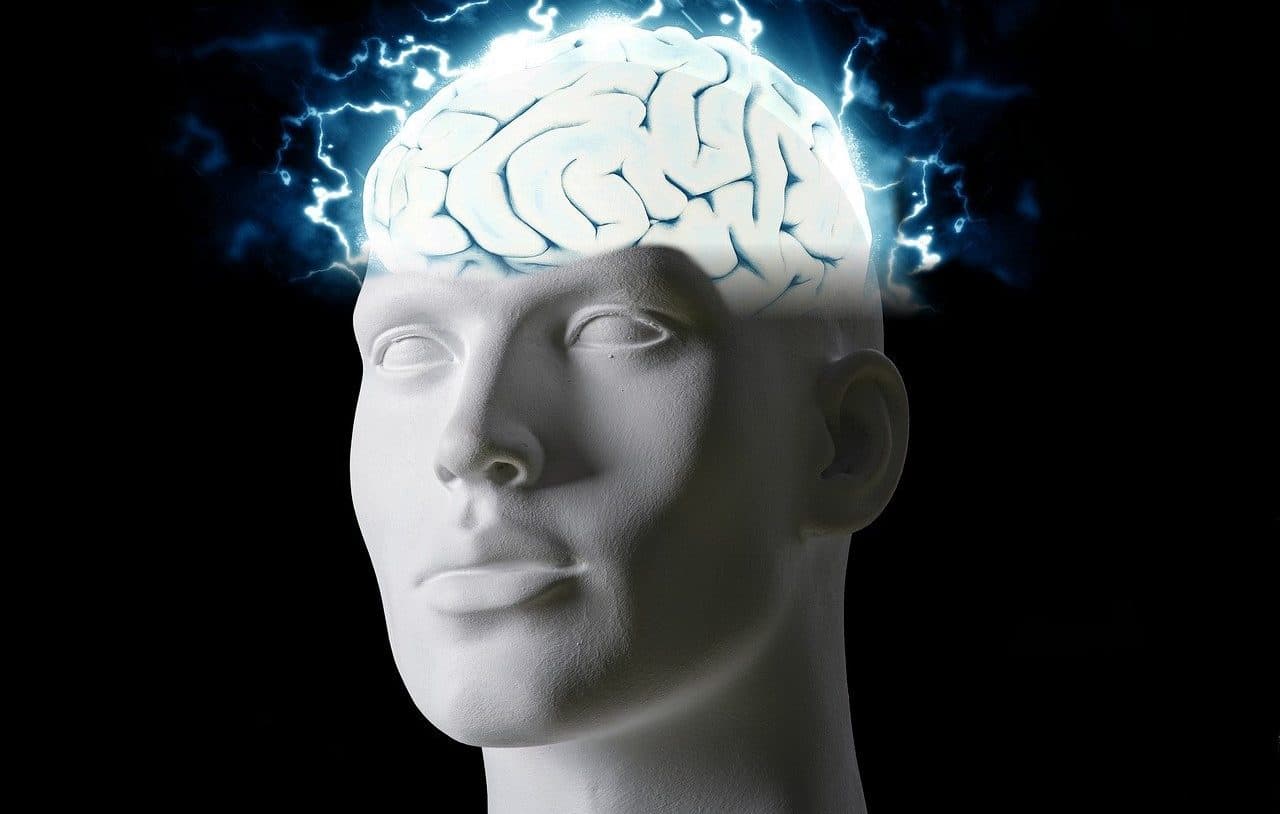
Nervous tissue forms the organs that make up the nervous system.
Nervous tissue is that which makes up the organs that are part of the nervous system . This particular tissue is formed with two types of cells : glial cells (or neuroglia cells) and nerve cells (known as neurons ), along with their extensions.
It should be noted that botany, zoology and anatomy define tissue as a set of cells that share certain characteristics and that act in a coordinated manner to fulfill a function. Nervous , for its part, is that related to the nerves (the fibers that are responsible for conducting impulses from the central nervous system to different sectors of the body).
Functioning of nervous tissue
Neurons are cells that specialize in capturing stimuli and conducting nerve impulses . Its function is to electrically excite the plasma membrane to achieve this conduction. Glial cells, for their part, act as support for these nerve cells.
The idea of nervous tissue encompasses all these cells and their interconnections . The reception of the stimulus by the neuron, its conversion into nervous impulses and its transmission to other parts of the body allow sensations to be processed and a motor reaction to begin.
If you observe the process in detail, in the nervous tissue you can recognize the sensory neurons (which collect the impulse that originates in the receptor cells), the motor neurons (they are responsible for transmitting the impulse to the organs) and the connective neurons (relate sensory neurons to motor neurons). Glial cells, in this context, have the function of delivering nutrients to different neurons and protecting them.

Neurons and glial cells develop nervous tissue.
Characteristics of glial cells
To all of the above we can add other data of interest about the so-called glial cells or neuroglia cells, among which are the following:
- They can outnumber neurons and have the peculiarity that they are smaller than them.
- There are several types such as oligodendrocytes , astrocytes , ependymal cells and microglia .
- Oligodendrocytes are significant in that within the nervous system they are responsible for producing myelin , which is responsible for electrical impulses developing effectively, quickly and efficiently.
- Astrocytes have an arborescent appearance; that is, they appear in the form of a tree. They can also be called macroglia cells.
- Ependymal cells are other cells of the nervous tissue that are identified because they participate significantly in the formation of cerebrospinal fluid.
- Microglia, for their part, are very small and their main mission is to phagocytize neurons that, due to various circumstances, have disintegrated or destroyed.
Nervous tissue pathologies
There are numerous diseases and pathologies that can affect nervous tissue and the nervous system in general.
Specifically, among the best known are stroke, severe headaches, Parkinson's, amyotrophic lateral sclerosis, multiple sclerosis, narcolepsy and the so-called Gilles de la Tourette Syndrome. All of these without forgetting ataxia , restless legs syndrome and intracranial hypertension.
